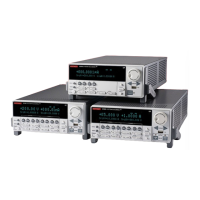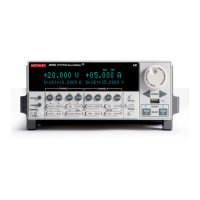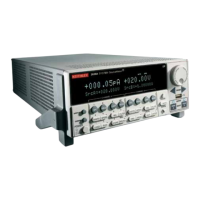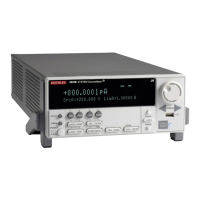System SourceMeter® Instrument Reference Manual Section 6: Instr
2600BS-901-01 Rev. C / August 2016 6-7
Example: Set a script to run automatically
test5.save()
Assume a script named
is in the
run-time environment.
The next time the instrument is turned on,
test5 script automatically loads and
Autoexec script
The autoexec script runs automatically when the instrument is turned on. It runs after all the scripts
have loaded and any scripts marked as autorun have run.
To create a script that executes automatically, create and load a new script and name it autoexec.
See Create and load a script (on page 6-3
).
You must save the autoexec script to nonvolatile memory if you want to use it after instrument power
has been turned off and then turned on again. See Save a user script to nonvolatile memory (on
page 6-8) for more detail.
Example: Creating an autoexec script with loadscript command
display.clear()
display.settext("Hello from autoexec")
endscript
Creates the script
.
Saves the autoexec script to nonvolatile
memory. The next time the instrument is
turned on, "Hello from autoexec" is
displayed.
Example: Creating an autoexec script using TSB Embedded
display.settext("Hello from autoexec")
In the TSP Script box, enter
.
Enter the code in the entry box.
Click Save Script.
Creates a new script that clears the
display when the instrument is turned on
and displays "
."
Working with scripts in nonvolatile memory
The Fundamentals of scripting for TSP (on page 6-1) section in this manual describes working with
scripts, primarily in the run-time environment. You can also work with scripts in nonvolatile memory.
The run-time environment and nonvolatile memory are separate storage areas in the instrument. The
information in the run-time environment is lost when the instrument is turned off. The nonvolatile
memory remains intact when the instrument is turned off. When the instrument is turned on,
information in nonvolatile memory is loaded into the run-time environment.
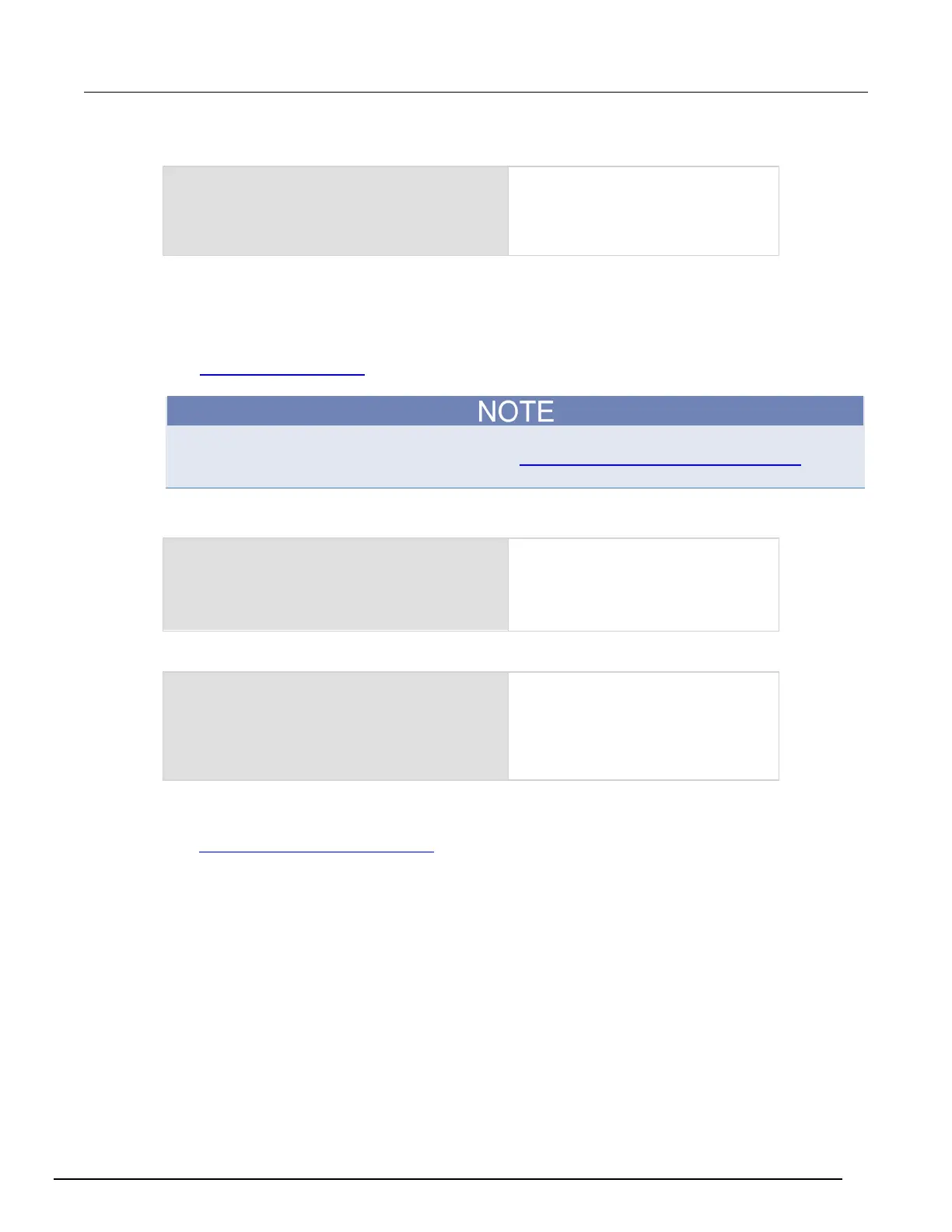